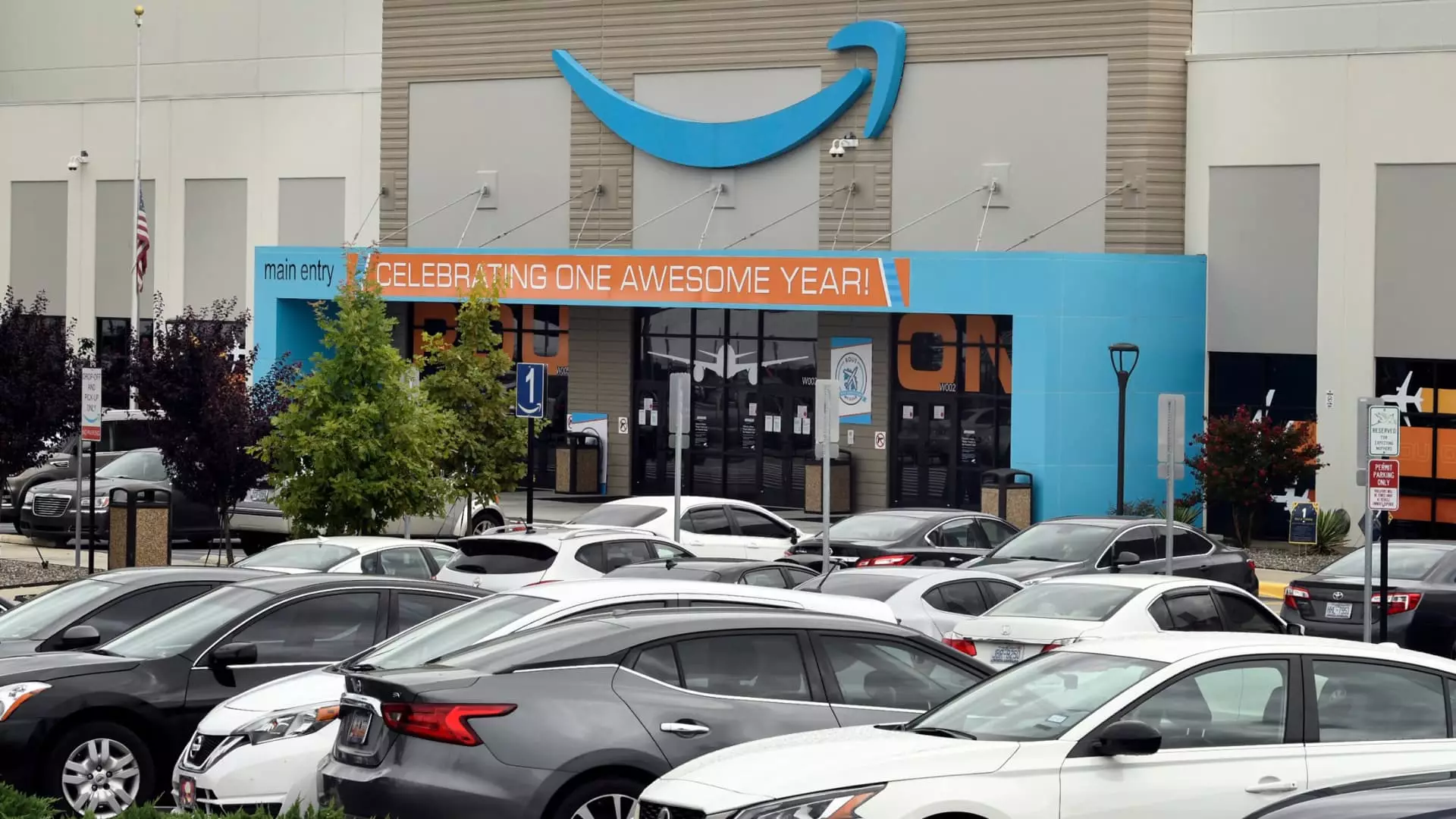In a significant but not surprising turn of events, Amazon workers at the RDU1 facility in Garner, North Carolina, recently voted against unionization, with 2,447 casting ballots against the idea compared to 829 in favor. This decisive outcome was the culmination of a three-year effort by the Carolina Amazonians United for Solidarity and Empowerment (CAUSE) to organize the workforce of approximately 4,700 employees. The scene reflects a challenging landscape for labor rights in the contemporary corporate world, where even the humblest of attempts to unite workers can meet formidable resistance from powerful entities like Amazon.
The National Labor Relations Board (NLRB) oversaw the election process, which, despite the clear results, awaits formal certification. The narrow margin of 77 contested ballots raises questions but ultimately does little to alter the apparent consensus among the workers themselves. This vote illustrates not just a rejection of unionization but also an ongoing struggle for agency and acknowledgment within one of America’s largest corporations.
In the aftermath of the election, CAUSE released a statement are emphasizing what they termed the “relentless and illegal efforts” of Amazon to sway employee opinions. The group argued that the company’s tactics reflected an underlying fear of collective worker action. When organizations like CAUSE mobilize to improve working conditions, they often encounter corporate strategies aimed at dissuading union activities through intimidation and other means. The response from Amazon’s spokeswoman, Eileen Hards, dismissed these claims, asserting that the company maintained an open and respectful dialogue regarding unionization efforts.
This ongoing conflict draws attention to an alarming trend: the imbalance of power between employees seeking to amplify their voices and corporations keen to maintain the status quo. The core of this contention lies not only in the rights of workers to unionize but also in the broader implications for labor rights in America. The giants of industry often operate under a different set of rules than ordinary citizens, leading to a perception of injustice among disillusioned employees.
Amazon’s resistance to unionization is emblematic of wider trends within U.S. labor relations. Until recently, the company successfully kept unions at bay—an achievement maintained through a blend of anti-union messaging and direct appeals to the workforce. The company is not simply a passive player but actively utilizes various communication channels, including internal platforms and public forums, to promote its narrative against unionization. This strategic communication heavily influences how employees perceive unions and their importance in the workplace.
Recent national developments, however, signal a shift in labor dynamics. Support for unions appears to be gaining traction among the American public, with a recent Gallup poll indicating that 67% of Americans express approval of labor unions. Despite this support, actual union membership rates tell a less optimistic story, particularly in the private sector, where the percentage has dipped to 5.9%. States like North Carolina exhibit even lower numbers, suggesting a fundamental disconnect between public sentiment and organized labor’s ability to translate that support into concrete membership.
Amid this backdrop, organizers such as CAUSE remain undeterred. Their persistence highlights the economic hardships plaguing many Amazon employees, with claims of widespread food and housing insecurity emerging as critical issues. The call for wage increases from a starting pay of $18.50 to $30 underscores the growing disconnect between corporate profits and worker compensation. In spite of setbacks like the recent election results, labor activists emphasize that their mission is far from over. The groundwork laid by groups like CAUSE may well serve to empower future efforts for employee representation.
Efforts to support labor organizing have diversified, with groups like the International Brotherhood of Teamsters emerging as key players assisting employees in navigating the complexities of labor law and their rights. Collective actions, such as picketing initiatives, reflect a renewed commitment to challenging employer practices that undermine employee rights. However, Amazon’s response—characterizing these groups as “outside parties”—demonstrates the ongoing battle over definitions of representation and workers’ rights.
The recent defeat of unionization at Amazon’s North Carolina facility serves as both a setback and a microcosm of the larger labor movement in America. As the landscape of work evolves, so too must the strategies employed by workers seeking fairness and equity in the workplace. The challenges they face are immense, yet the fortitude displayed by organizations like CAUSE suggests a persistent push against corporate domination.
Ultimately, the implications of this election extend beyond the walls of a single warehouse, highlighting larger societal issues inherent in the struggle for labor rights in a capitalist framework. As workers continue to navigate their paths, one can only hope that solidarity and collective pressure will pave the way for a more equitable workforce in the future.

